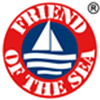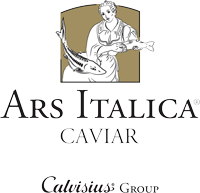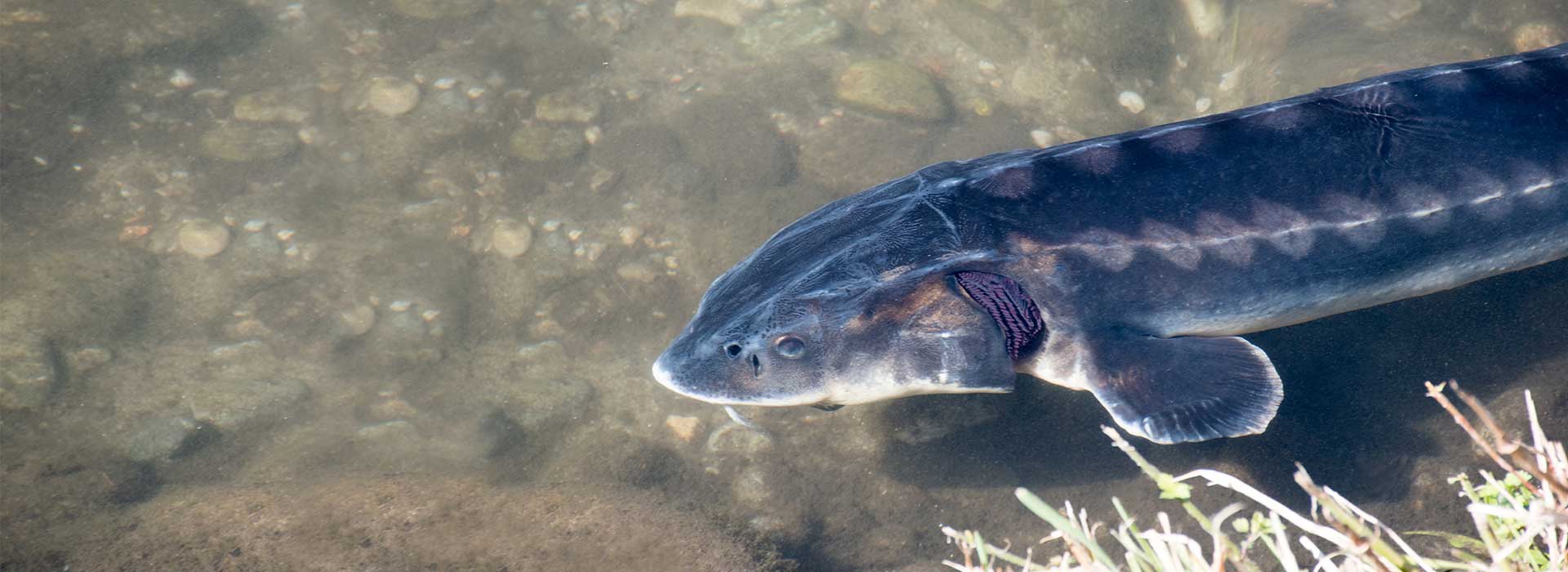Breeding
In the heart of the Ticino park, in Cassolnovo (PV), 4 species of sturgeon are bred (from Storione Ticino, a company that breeds sturgeons exclusively for Ars Italica caviar, a brand of Italian Caviar).

Breeding
In the heart of the Ticino park, in Cassolnovo (PV), 4 species of sturgeon are bred (from Storione Ticino, a company that breeds sturgeons exclusively for Ars Italica caviar, a brand of Italian Caviar).

The sturgeon
Acipenser gueldenstaedtii which is extracted from Oscietra caviar, also known as “Russian sturgeon”; this is the first species to be farmed since 1998. Acipenser naccarii (caviar Da Vinci), which is cobice or Adriatic sturgeon, raised since 2002, it is one of the three indigenous Italian species rescued from extinction by the Giovannini family; Acipenser stellatus or starred sturgeon (Sevruga caviar) and the Acipenser ruthenus or Sterlet sturgeon in the albino variety. Albino caviar, for its golden color, is to be regarder as a real rarity, so that in ancient times it was exclusively reserved for Shah and Zar. All species are certified “Globalgap”, “Friend of the Sea” and may be recognized as the “Parco Ticino – Controlled Production” brand.



The production cycle
Production cycle in Storione Ticino starts with an annual sowing, make it possible by breeders who are selected for breeding during the various years of breeding. The larvae are son transformed into alevine and spend the first phase in the incubator with only well water. Subsequently they are moved to the outdoor water supply, fed with resin water, where they come into contact with a life cyrcle with the most “natural” characteristics and with seasonal variation. A shading system allows you to avoid bird predation and repair fish from the university of the sun’s ultraviolet rays.
The production cycle
Production cycle in Storione Ticino starts with an annual sowing, make it possible by breeders who are selected for breeding during the various years of breeding. The larvae are son transformed into alevine and spend the first phase in the incubator with only well water. Subsequently they are moved to the outdoor water supply, fed with resin water, where they come into contact with a life cyrcle with the most “natural” characteristics and with seasonal variation. A shading system allows you to avoid bird predation and repair fish from the university of the sun’s ultraviolet rays.
After 24 months
After 24 months, the growth and fattening phases go up to 5 years of life when it is possible to proceed with session: non-invasive ultrasound separates female specimens from males. The females continue their growth,
on aerage for another 5 years, depending on the species, and once they reach the tenth/twelfth year of life, the maturation of the eggs that once become eligible is extracted, becoming caviar. The guarantee of a good caviar depends on the extracted egg, which must be not yet ripe and able to withstand the salt osmotic pressure.



